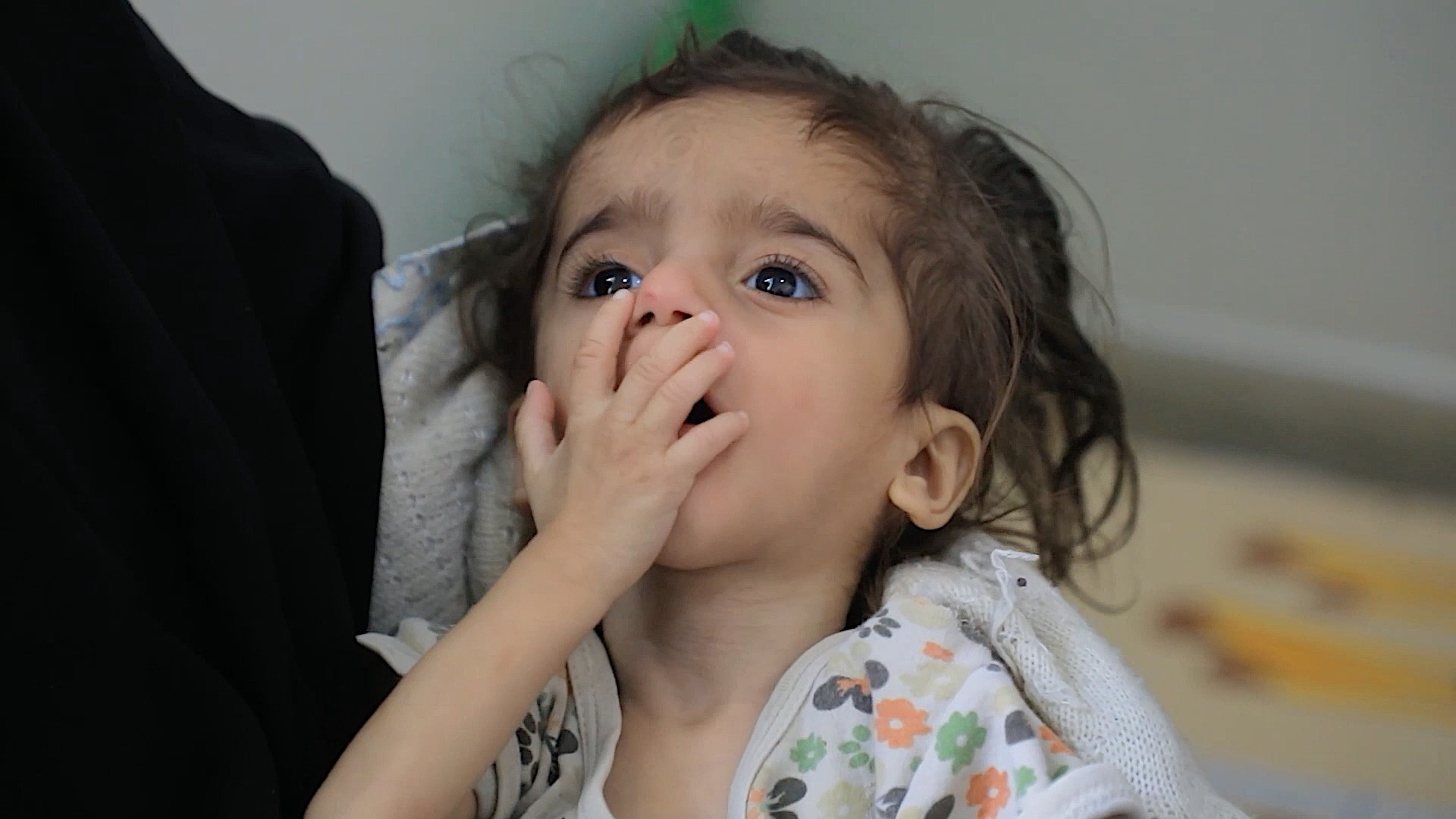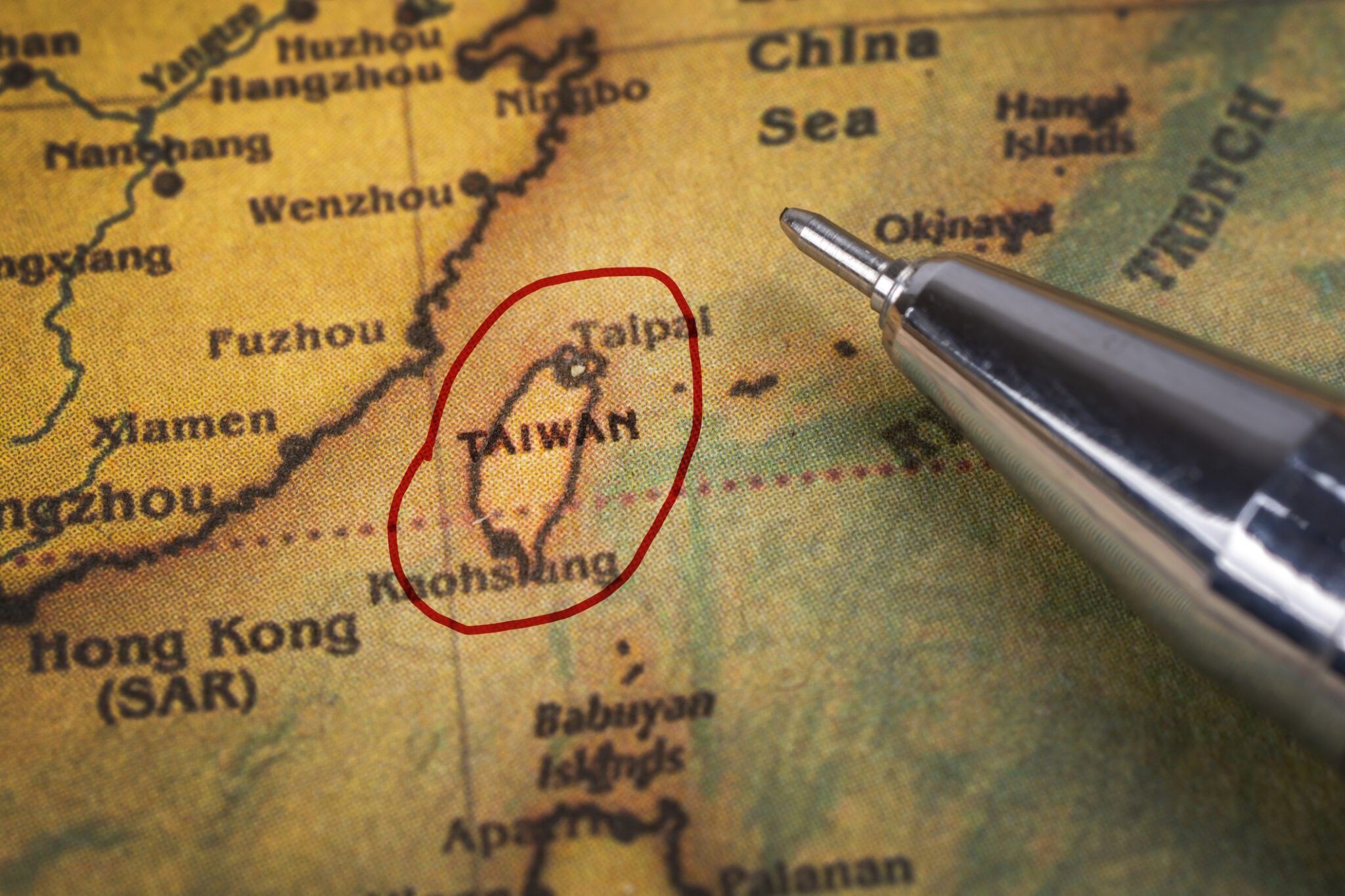[ad_1]

SNA (Tokyo) – As the ongoing Russian invasion of Ukraine continues to dominate international headlines, Yemen is mired into one of the worst food crises on the planet.
The United Nations World Food Programme (WFP), the largest international humanitarian organization, recently released a report projecting the current number of “food insecure” Yemenis to rise from the current level of 17.4 million people to 19 million by the end of this year.
Among these, the WFP predicts that over 7 million will experience “emergency levels of food insecurity,” which means they will experience acute malnutrition and will fall sick from hunger.
Even more dire, an estimated 161,000 people will experience famine conditions by the end of the year, meaning that some of them will no have food at all and will quite possibly starve to death.
According to the United Nations International Children’s Emergency Fund (UNICEF), a large percentage of those most affected by the crisis are mothers and children–2.2 million children and 1.3 million pregnant or nursing mothers are acutely malnourished.
The WFP is requesting an additional US$1.5 billion for its aid efforts, as their current funds will cover only a fraction of the amount required for aid operations over the next six months.
Observers have noted that many donors have shifted their attention away from Yemen and the Horn of Africa toward the crisis in Ukraine.
This is very much related to the comparative amount of media coverage. As a team of researchers led by Martin Scott of the University of East Anglia noted at the end of last year, “protracted humanitarian crises that are more difficult to access and explain to audiences, such as the civil war in Yemen that has been raging since 2014, are often scarcely reported–even if the level of need is far greater.”
Some say that the lack of Western interest in Yemen also relates to the fact that, unlike Ukraine, it is both non-white and Muslim.
Yemen relies almost entirely on imports for food–before the outbreak of war, about 40% of the country’s grain was imported from Ukraine and Russia. This vital supply chain has been disrupted since February, and food prices in Yemen have consequently doubled.
Unfortunately, the lack of funding has forced the WFP to pull back some of its aid programs in Yemen, in spite of the dire need.
Last March, the government of the United Kingdom even slashed its aid budget for Yemen amidst the global Covid pandemic, eliciting condemnation from Shadow International Development Secretary Preet Kaur Gill of the Labour Party, who declared that the action of her government “betrayed hundreds of thousands of Yemeni children” and represented the choice “to leave them to starve.”
Some glimmer of hope has been provided recently by the fragile ceasefire which has been in place since April 2. It has allowed the shipment of some fuel and necessary goods to resume. But even if the truce continues, it is not expected to be enough on its own to end the country’s food crisis.
The Yemen Civil War began in earnest in September 2014 when Houthi rebel forces took control of the capital city of Sanaa, and it intensified when Saudi Arabia invaded the country in March 2015 to prop up the struggling anti-Houthi regime.
Also, for the past few years the region has experienced a drought, contributing to poor harvests.
For breaking news, follow on Twitter @ShingetsuNews
[ad_2]
Source link














